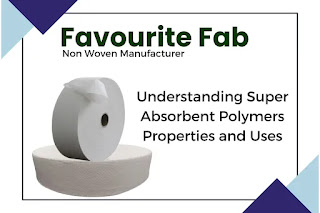Non Woven Material Types: Comprehensive Guide to Properties and Applications
Non-woven fabrics are versatile, cost-effective, and widely used across various industries. These fabrics are made by bonding fibers together through mechanical, thermal, or chemical processes instead of weaving or knitting. Here’s a breakdown of the key types of non-woven materials, their properties, and applications.
Types of Non-Woven Materials
1. Spunbond Non-Woven Fabric
Properties: Lightweight, breathable, durable
Applications: Shopping bags, medical masks, disposable hygiene products
2. Meltblown Non-Woven Fabric
Properties: Fine fiber structure, excellent filtration efficiency
Applications: Face masks, air filters, oil absorbents
3. Needle-Punched Non-Woven Fabric
Properties: Strong, flexible, and thick
Applications: Geotextiles, carpets, automotive interiors
4. Spunlace Non-Woven Fabric
Properties: Soft, absorbent, high strength
Applications: Wet wipes, medical gowns, hygiene products
5. Thermal Bonded Non-Woven Fabric
Properties: Smooth surface, good strength
Applications: Diapers, feminine hygiene products, packaging materials
Why Choose Non-Woven Fabrics?
- Eco-Friendly: Recyclable and biodegradable options available
- Customizable: Available in different thicknesses, colors, and finishes
- Cost-Effective: Affordable and mass-producible for various industries
Conclusion
Non-woven materials are essential for multiple applications, from healthcare to packaging. Their adaptability and unique properties make them an ideal choice for sustainable and functional solutions.
For high-quality non-woven materials, visit Favourite Fab—your trusted manufacturer of premium non-woven fabrics!




Comments
Post a Comment